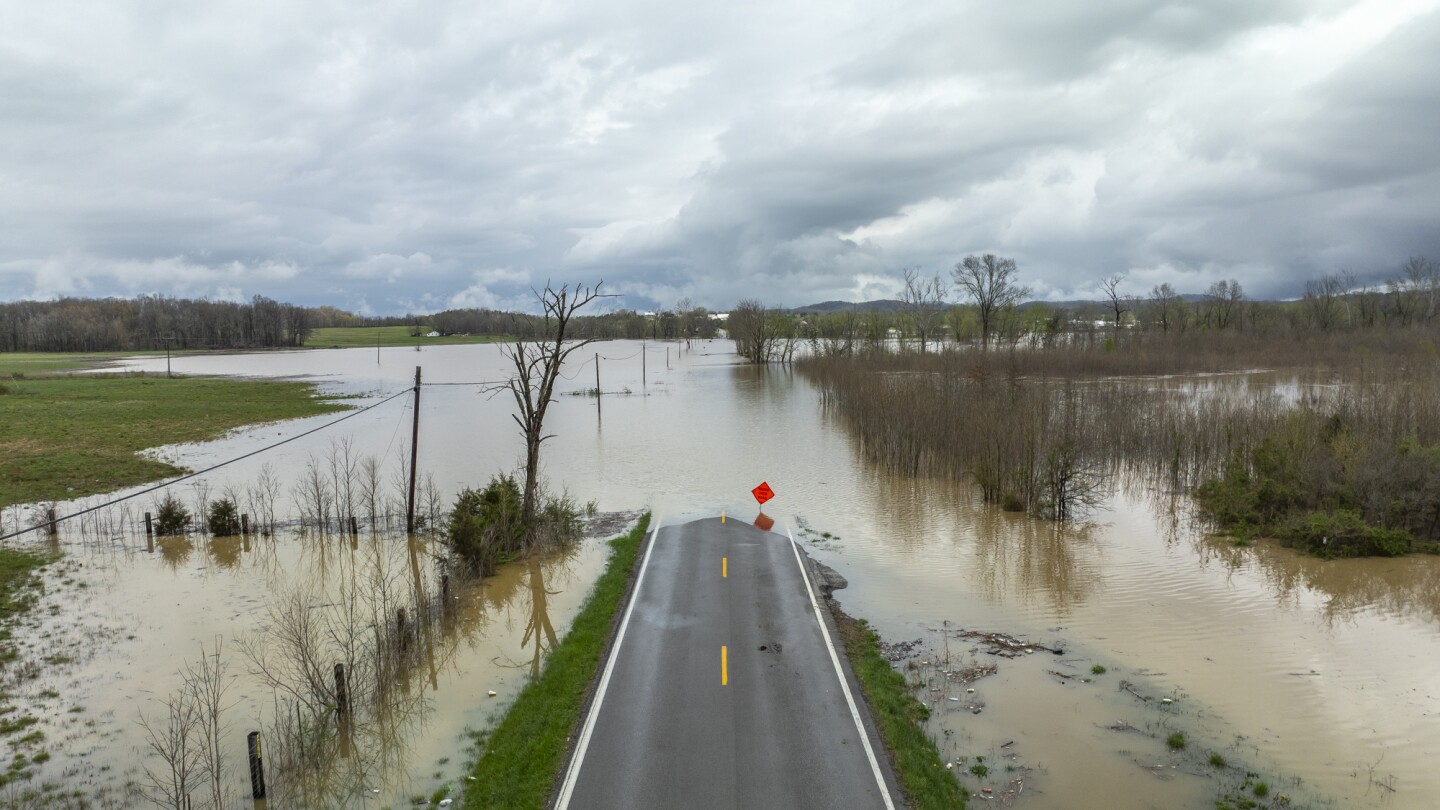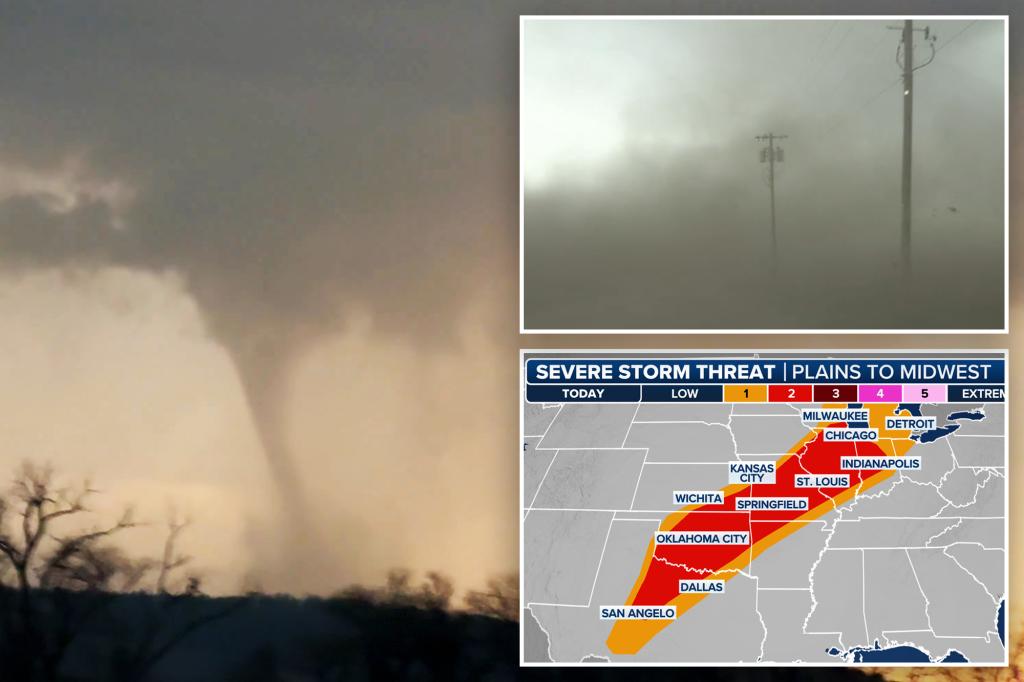Unprecedented Weather Alerts: South and Midwest Brace for More Flooding
Millions of residents across the South and Midwest are facing renewed flood threats as meteorologists predict additional torrential rainfall through the weekend. With saturated ground and swollen rivers already straining infrastructure, the National Weather Service (NWS) has issued flash flood warnings for 12 states from Texas to Ohio. Emergency management officials urge immediate preparedness as climate experts link the extreme patterns to warmer atmospheric conditions.
Escalating Crisis in Waterlogged Regions
The current flooding emergency follows weeks of above-average precipitation, with some areas receiving 300% of their typical June rainfall. According to NWS data:
- Mississippi River tributaries have exceeded flood stage at 27 monitoring stations
- Arkansas recorded its wettest May on record since 1895
- Louisiana’s Lake Pontchartrain rose 4 feet above mean sea level this week
“We’re seeing a perfect storm of meteorological factors,” explains Dr. Elena Vasquez, senior climatologist at the University of Oklahoma. “A stalled frontal boundary combined with record-high Gulf moisture is creating training thunderstorms – consecutive cells dumping rain on the same areas for hours.”
Communities Mobilize Against Rising Waters
In Memphis, Tennessee, volunteers filled over 15,000 sandbags as the Wolf River threatened nearby neighborhoods. Meanwhile, agricultural losses mount across the Mississippi Delta, where an estimated 1.2 million acres of farmland stand underwater.
“This isn’t just about property damage anymore,” warns FEMA Regional Director Carl Simmons. “We’re tracking multiple wastewater system failures and drinking water shortages in rural communities.”
Key infrastructure impacts include:
- 17 highway closures along Interstate-40 corridor
- Partial shutdown of the Port of Vicksburg
- Evacuation orders for 9 nursing homes in Missouri
<
Climate Connections and Future Projections
The current extreme weather aligns with climate modeling predictions for increased precipitation intensity in midlatitude regions. A 2023 NOAA study found the South now experiences 42% more heavy rain events compared to 1950s averages.
“What used to be 100-year floods now occur every 15-20 years,” notes Dr. Vasquez. “Warmer air holds more moisture, and when weather patterns stall like we’re seeing, the results can be catastrophic.”
However, some local officials emphasize immediate response over climate debates. “Regardless of causes, we need boots on the ground now,” says Arkansas Governor’s Office spokesperson Diane Morrow. “The National Guard has deployed 800 personnel for high-water rescues just this morning.”
Protective Measures for At-Risk Residents
Emergency management experts recommend these preparedness steps:
- Document property with photos/video before flooding occurs
- Elevate critical utilities like electrical panels and HVAC systems
- Maintain at least 3 days of medications and non-perishable food
The American Red Cross has opened 34 shelters across affected regions, while the Salvation Army mobilizes mobile kitchens capable of serving 15,000 meals daily.
Long-Term Recovery Challenges Ahead
Even after waters recede, communities face months of recovery. The 2019 Midwest floods caused $6.2 billion in damages – a benchmark likely to be surpassed this year given the event’s broader geographic scope.
Insurance analysts warn that many homeowners lack adequate coverage. “Standard policies don’t include flood protection,” explains Allstate claims supervisor Mark Reynolds. “People don’t realize they need separate NFIP policies until it’s too late.”
Public health officials also anticipate:
- Increased mosquito-borne illness risks from standing water
- Mold remediation challenges in thousands of structures
- Mental health crises among displaced families
Monitoring the Situation and Next Steps
The NWS Storm Prediction Center will maintain continuous updates through its website and Wireless Emergency Alert system. Residents should have multiple ways to receive warnings as power outages may affect traditional communication channels.
For those seeking to help, the National Voluntary Organizations Active in Disaster coordinates vetted relief efforts. “Cash donations to established groups provide the most flexibility,” advises FEMA’s Simmons. “But check what’s needed locally before sending physical goods.”
As climate volatility increases, experts stress the need for improved floodplain management and resilient infrastructure. “We can’t just rebuild the same way,” concludes Dr. Vasquez. “These events show our systems must adapt to this new normal.”
See more Your Daily Weather



